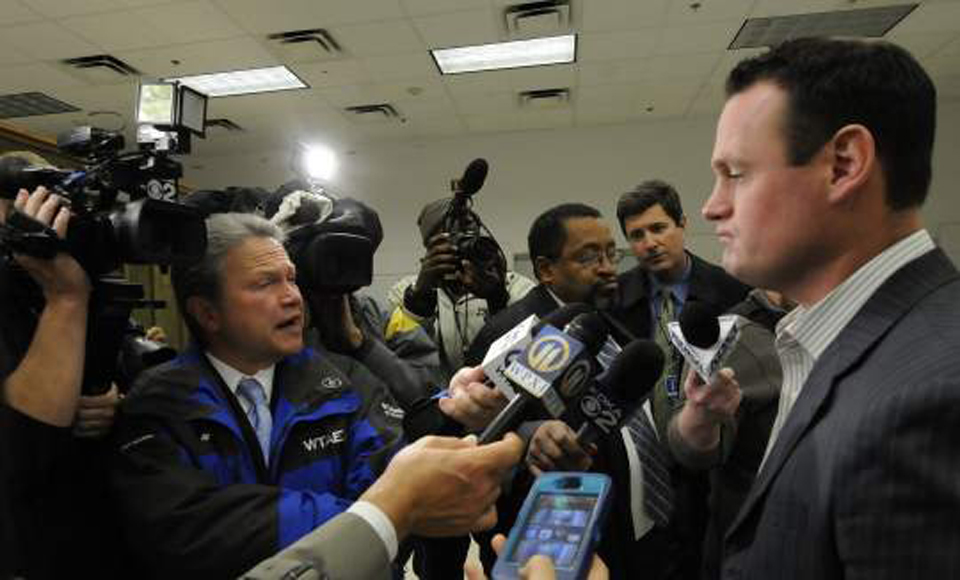
08/29/2019
By Duke Staff
It’s 3 p.m. in São Paulo, and the skies overhead are black. Hundreds of miles away, the Amazon rainforest is burning.
Last week, a cold front carried the plume of smoke clear across Brazil and blotted out the sun, turning day to night in the city named for Paul the Apostle. Photographs of the incident took social media sites by storm, drawing attention to a daunting issue with far-reaching ramifications: If the Amazon continues to burn, the result with be a cataclysmic loss of biodiversity, a failing in the fight against climate change and a devastating tragedy for many of Brazil’s indigenous populations, who call the forest home.
There are more than 74,000 fires burning in the Amazon — an 84% increase from last year, according to the BBC. The fires are largely the byproduct of human carelessness, namely the questionable environmental policies of Brazilian President Jair Bolsonaro, who has been accused of prioritizing economic development over environmental protection. According to the Washington Post, other culprits include cow and soybean farmers and mining, timber and development firms.
World leaders gathered in France for the G7 summit on Aug. 26, and amid talk of climate change — President Trump said that while he wants clean air and water, he also wants the U.S. to hold onto what he called “tremendous wealth” — the officials came to an agreement totaling $20 million in funds pledged to fight the Amazonian fires. Bolsonaro initially rejected the aid, but later came to accept it.
Here’s the thing, though; $20 million isn’t that much, especially when one considers what we stand to lose if the rainforest smolders. When Paris’ Notre Dame went up in smoke last April, pledges to rebuild it neared a whopping $1 billion. Avengers: Endgame had a budget of $356 million. Pixar shelled out $200 million to produce its animated oddity Boss Baby. According to a Business Insider from 2018, Jeff Bezos makes more than $100 million per day.
Climate change is the most singular threat to our humanity, our world and our future that this generation will face, and it isn’t taken seriously. Yes, it still gets cold in the winter and hot in the summertime, but that doesn’t mean our weather patterns aren’t changing at rapid, dangerous and deadly rates.
Studies show that the Amazon rainforest is nearing a point of no return, and when that point is reached, large chunks of the 2.2 million square-mile area could be forever changed into an entirely different, dryer ecosystem. The fauna of the Amazon photosynthesize more than 90 billion tons of carbon, and if that foliage is turned to ash and dust, that heat-trapping carbon dioxide will end up in the atmosphere. This could accelerate the rate of global warming and decrease the already meager time we have to halt and reverse it before it becomes effectively unstoppable.
Deforestation is pushing the once-lush Amazon to its breaking point, and if enough of the forest is destroyed, it could enter a vicious cycle of collapse. All of the stresses and negative synergies humanity has thrust upon the struggling ecosystem could mean far-reaching destruction if enough isn’t done.
It may seem like the Amazon and Brazil are far-off places, and sure, we have enough of our problems here at home in the U.S. But climate change is an international crisis; we don’t have another world to go to if we destroy the one we’ve got.
Isn’t that worth more than $20 million?



